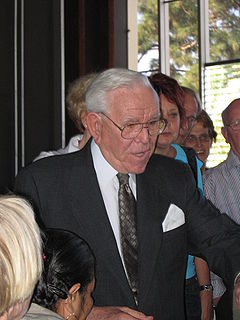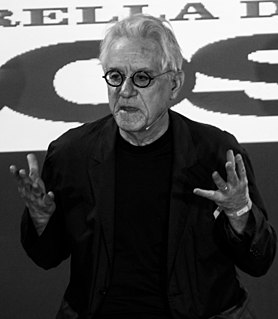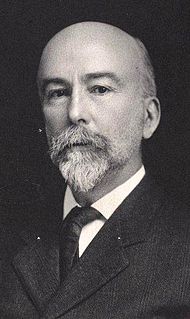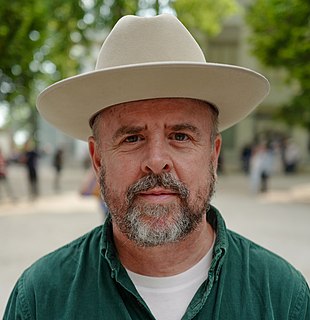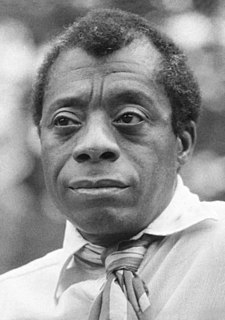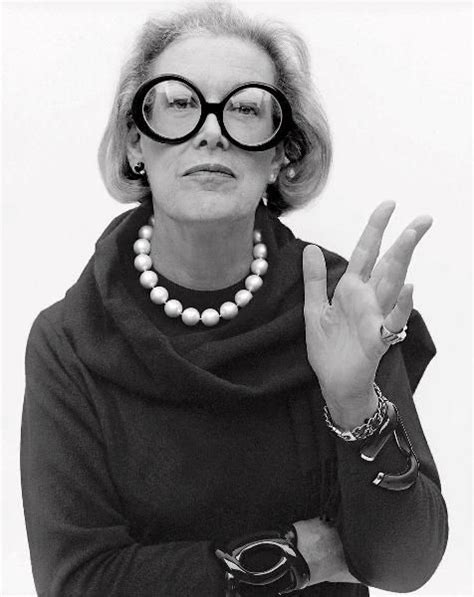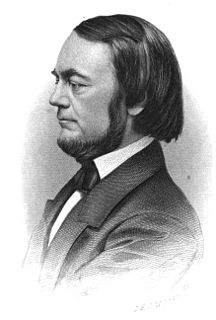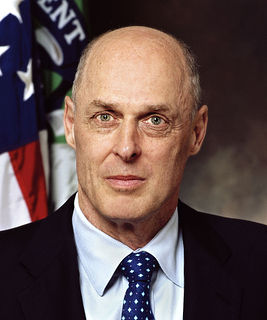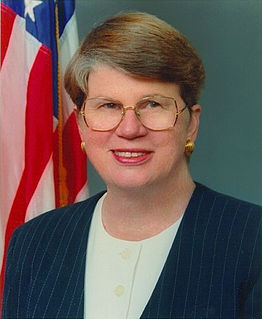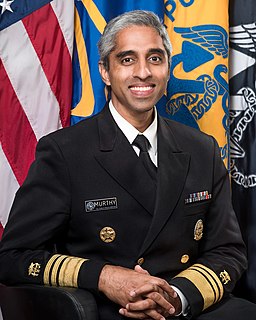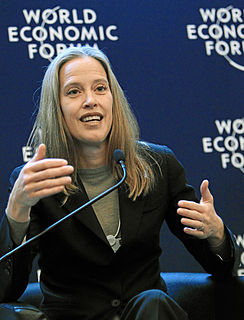A Quote by Robert Moses
[It is] the most hideous waterfront structure ever inflicted on a city by a combination of architectural conceit and official bad taste. the Cathedral of Asphalt.
Related Quotes
The Besicovitch style is architectural. He builds out of simply elements a delicate and complicated architectural structure, usually with a hierarchical plan, and then, when the building is finished, the completed structure leads by simple arguments to an unexpected conclusion. Every Besicovitch proof is a work of art, as carefully constructed as a Bach fugue.
In Paris style is everything. That is traditionally understood. Every street, every structure, every shopgirl has style. The style of Parisian architecture has been proved and refined by at least three centuries of academic dictates and highly developed taste. There are few violations of this taste, and there is exemplary architectural consistency. Paris has defined the aesthetics of a sophisticated urban culture.
The vision shared by both [French utopian] Charles Fourier and Robert Owen was for an entire town to fit into one structure. Owen's design for what he called a "parallelogram" was essentially to have a whole city in one building, laid out around a huge quadrangle. Fourier's scheme was to build a massive Versailles-like structure that he called a "phalanstery." In both cases they had these architectural dreams that we now recognize as pretty unappealing.
The meaning of geography is as much a sealed book to the person of ordinary intelligence and education as the meaning of a great cathedral would be to a backwoodsman, and yet no cathedral can be more suggestive of past history in its many architectural forms than is the land about us, with its innumerable and marvellously significant geographic forms. It makes one grieve to think of opportunity for mental enjoyment that is last because of the failure of education in this respect.
But the conceit of one's self and the conceit of one's hobby are hardly more prolific of eccentricity than the conceit of one's money. Avarice, the most hateful and wolfish of all the hard, cool, callous dispositions of selfishness, has its own peculiar caprices and crotchets. The ingenuities of its meanness defy all the calculations of reason, and reach the miraculous in subtlety.

